|
I am a PhD student at FAU Erlangen-Nürnberg, advised by Prof. Bernhard Egger. I am part of the Cognitive Computer Vision Lab at the Chair of Visual Computing. My research interests are broadly centered around computer vision, computer graphics, and machine learning. I am particulary interested in kernel-based 3D surface reconstruction and its theoretical connection to neural networks, and multi-modal/multi-spectral neural scene representations. I am also actively working on 3D neural parametric breast shape models for low-cost and accessible breast surface reconstruction. I obtained my B.Sc. and M.Sc. in Computer Science from OTH Regensburg in 2019 and 2021, respectively. Before joining FAU, I worked as a Student Researcher at the Regensburg Medical Image Computing (ReMIC) Lab, where I was advised by Prof. Christoph Palm. I also spent some time at Fraunhofer IIS as part of the Image Processing and Medical Engineering Department. Google Scholar / LinkedIn / ResearchGate / X |

|
|
For a full publication list, see my Google Scholar profile. Representative papers are highlighted. |
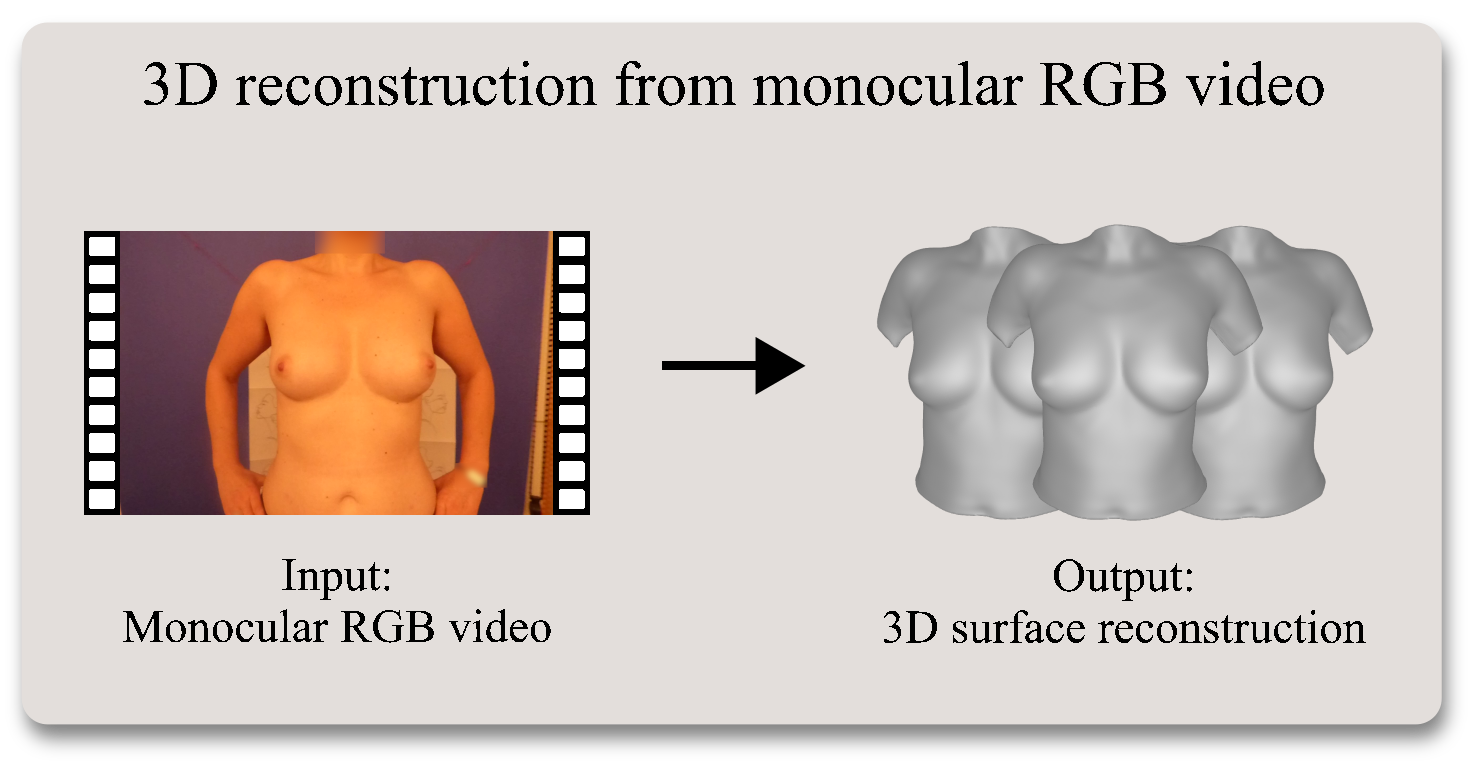
|
Learning Neural Parametric 3D Breast Shape Models for Metrical Surface Reconstruction From Monocular RGB Videos [arXiv] [project page]
Maximilian Weiherer, Antonia von Riedheim, Vanessa Brebant, Bernhard Egger*, Christoph Palm* arXiv, 2025 We introduce a high-fidelity 3D neural parametric breast shape model and use it as a prior for model-based breast surface reconstruction from monocular RGB videos. |
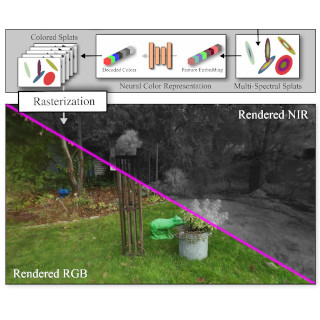
|
Multi-Spectral Gaussian Splatting with Neural Color Representation [arXiv] [project page]
Lukas Meyer, Josef Grün, Maximilian Weiherer, Bernhard Egger, Marc Stamminger, Linus Franke arXiv, 2025 We propose MS-Splatting, an extension of 3DGS to multi-spectral inputs that uses a novel neural color representation instead of simple per-band spherical harmonics. |
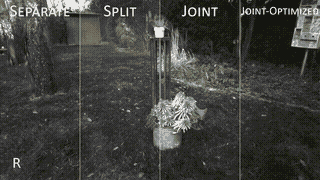
|
Towards Integrating Multi-Spectral Imaging with Gaussian Splatting [arXiv] [project page]
Lukas Meyer*, Josef Grün*, Maximilian Weiherer, Bernhard Egger, Marc Stamminger, Linus Franke Vision, Modeling, and Visualization (VMV), 2025 We present a systematic and comprehensive evaluation of how to integrate multi-spectral imagery (red, green, red-edge, and near-infrared) into the 3D Gaussian Splatting framework. |

|
iRBSM: A Deep Implicit 3D Breast Shape Model [pdf] [arXiv] [project page]
Maximilian Weiherer, Antonia von Riedheim, Vanessa Brebant, Bernhard Egger, Christoph Palm German Conference on Medical Image Computing (BVM), 2025 We introduce the first deep implicit 3D breast shape model. |
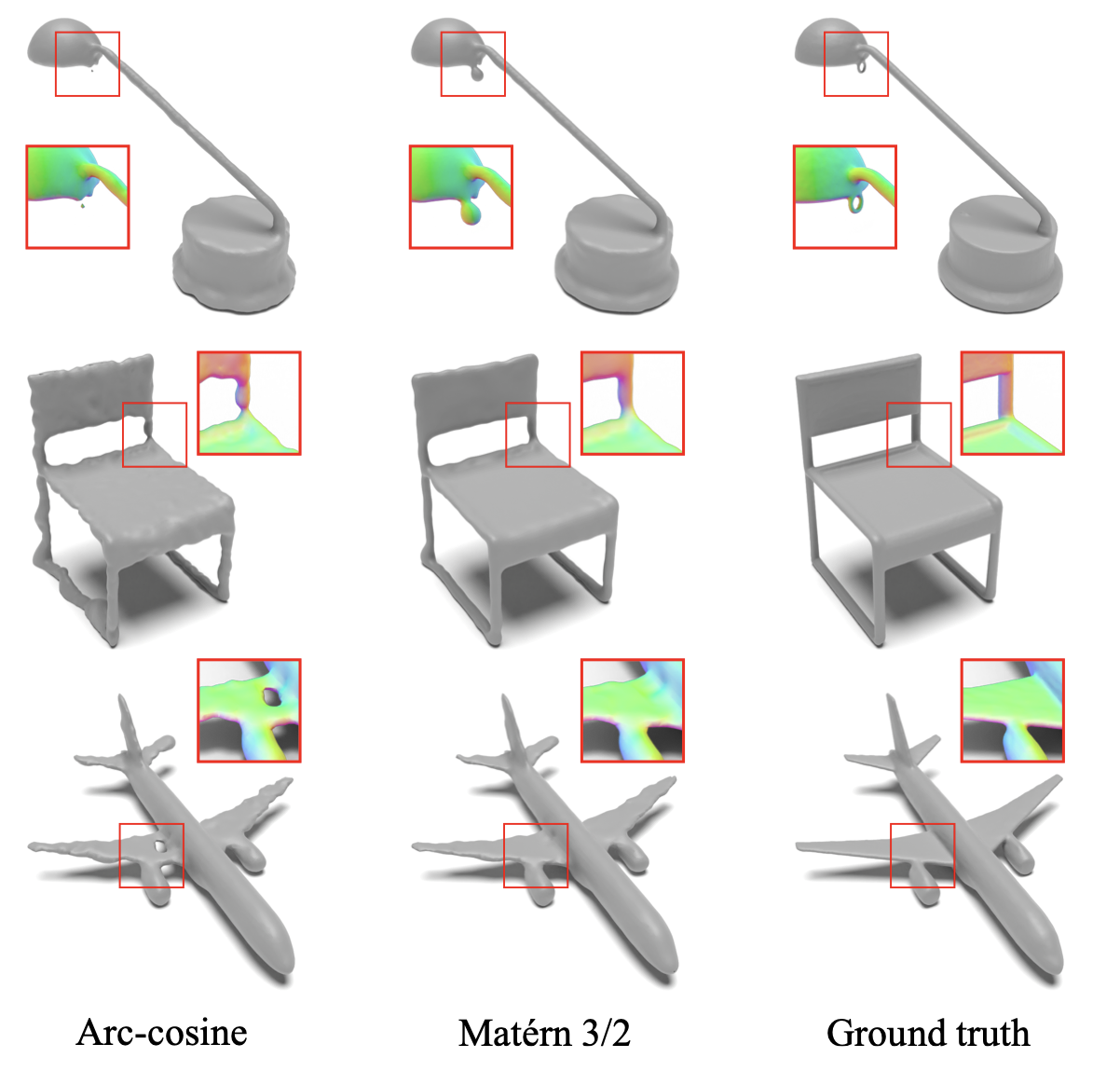
|
Matérn Kernels for Tunable Implicit Surface Reconstruction [arXiv] [code]
Maximilian Weiherer, Bernhard Egger International Conference on Learning Representations (ICLR), 2025 We use and theoretically analyze the family of Matérn kernels for tunable implicit surface reconstruction, demonstrating that they outperform recently employed arc-cosine kernels. |

|
Exploring Multi-modal Neural Scene Representations With Applications on Thermal Imaging [pdf] [arXiv] [project page]
Mert Özer*, Maximilian Weiherer*, Martin Hundhausen, Bernhard Egger European Conference on Computer Vision Workshops (ECCVW), 2024 We systematically compare and analyze four different strategies of how to incorporate multi-modality into neural scene representations, focusing on thermal imaging. |
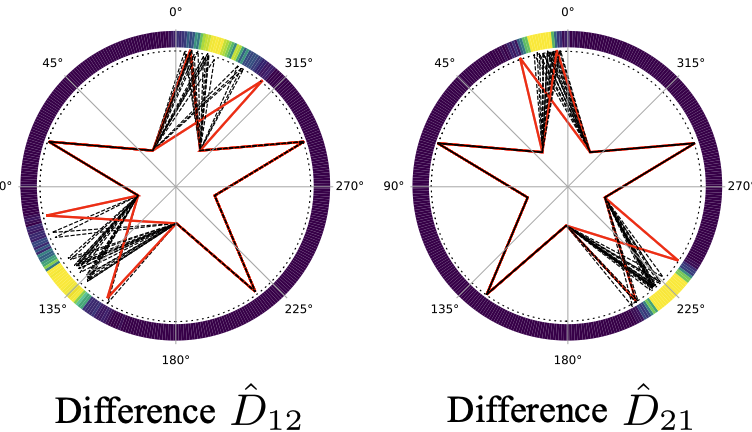
|
Approximating Intersections and Differences Between Linear Statistical Shape Models Using Markov Chain Monte Carlo [pdf] [arXiv]
Maximilian Weiherer, Finn Klein, Bernhard Egger IEEE/CVF Winter Conference on Applications of Computer Vision (WACV), 2024 We introduce a new method to compare SSMs by computing approximate intersections and set-theoretic differences between the allowable shape domains spanned by the models. |

|
Learning the shape of female breasts: an open-access 3D statistical shape model of the female breast built from 110 breast scans [pdf] [arXiv] [project page]
Maximilian Weiherer, Andreas Eigenberger, Bernhard Egger, Vanessa Brebant, Lukas Prantl, Christoph Palm The Visual Computer (Vis. Comput.) 39, 2023 We present the first publicly available 3D statistical shape model of the female breast. |

|
Optically tracked and 3D printed haptic phantom hand for surgical training system [pdf]
Johannes Maier, Maximilian Weiherer, Michaela Huber, Christoph Palm Quantitative Imaging in Medicine and Surgery (QIMS) 10, 2020 Improved previously developed metamaterials to imitate human soft tissue and presented an optically tracked 3D printed phantom of the whole hand. |
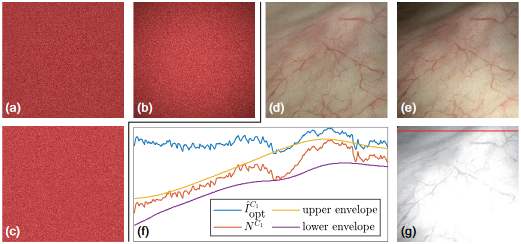
|
Retrospective Color Shading Correction for Endoscopic Images [pdf]
Maximilian Weiherer, Martin Zorn, Thomas Wittenberg, Christoph Palm Bildverarbeitung für die Medizin (BVM), 2020 Extending the retrospective shading correction method based on signal envelope estimation to color images using principal color components. |
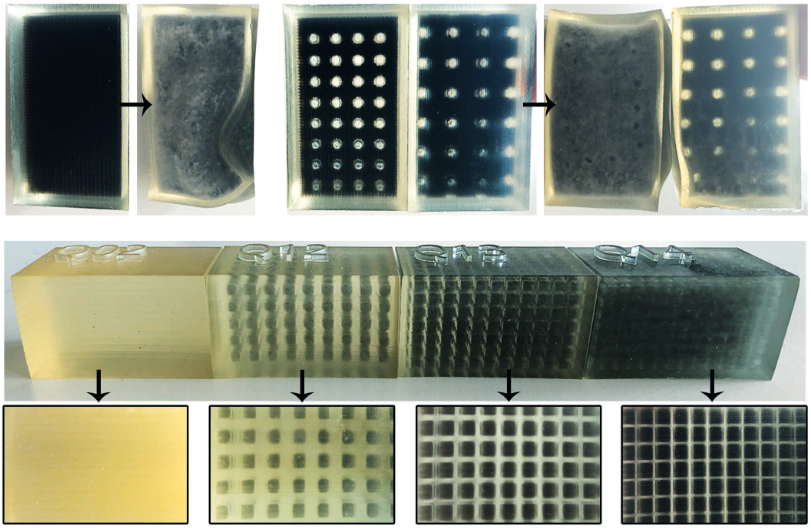
|
Imitating human soft tissue on basis of a dual-material 3D print using a support-filled metamaterial to provide bimanual haptic for a hand surgery training system [pdf]
Johannes Maier, Maximilian Weiherer, Michaela Huber, Christoph Palm Quantitative Imaging in Medicine and Surgery (QIMS) 9, 2019 We propose new 3D-printable support-filled metamaterials to imitate human soft tissue. |

|
Stitching Pathological Tissue Images using DOP Feature Tracking [pdf]
Matthias Bergler, Maximilian Weiherer, Tobias Bergen, Malte Avenhaus, David Rauber, Thomas Wittenberg, Christian Münzenmayer, Michaela Benz Bildverarbeitung für die Medizin (BVM), 2018 Using the difference of two elliptical paraboloids as approximation of the Laplacian of Gaussian, we enable real-time image stitching of microscopic images. |
|
|

|
From Zero to Hero: Convincing with Extremely Complicated Math [pdf] [arXiv] [code]
Maximilian Weiherer, Bernhard Egger Special Interest Group on Harry Quechua Bovik (SIGBOVIK), 2023 We present zero2hero, an innovative system that automatically extracts embarrassingly simple equations from a given Latex document and makes them look extremely complex. |

|
A Free Computer Vision Lesson for Car Manufacturers or It is Time to Retire the Erlkönig [pdf]
Maximilian Weiherer, Bernhard Egger Special Interest Group on Harry Quechua Bovik (SIGBOVIK), 2022 We blame car manufacturers by showing that camouflaged cars (a.k.a. Erlkönige) can be better 3D reconstructed than its uncovered counterparts (without disturbing patterns). |
| This template was once created by Jon Barron an can now be stolen from here. |